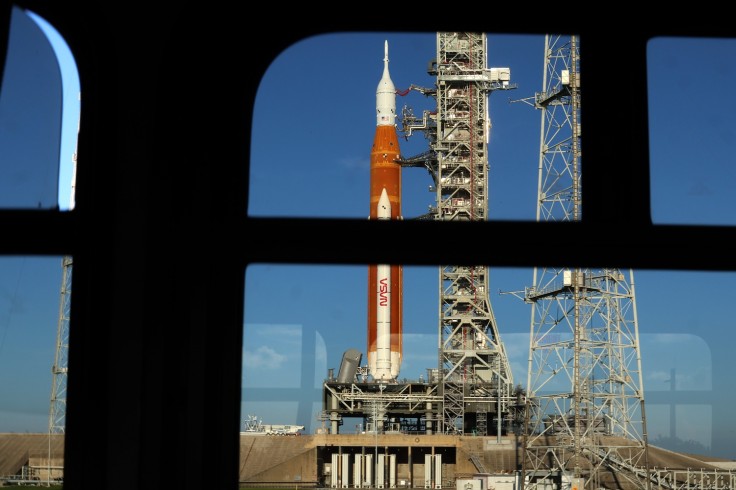NASA isn't giving up on the idea of launching the Artemis 1 mission later in September.
The space agency recently announced that its repair teams have decided to fix Artemis 1's Space Launch System (SLS) rocket while it is at Launch Pad 39B at the Kennedy Space Center in Florida.
The earliest opportunity for NASA to launch the Artemis 1 uncrewed moon mission will be in the next open window of Sept. 16 to Oct. 4, per Engadget.
NASA Artemis 1 SLS Rocket Repair Details
NASA mentioned in its announcement on Sept. 6 that its repair teams have decided to replace the seal on an interface, called the quick disconnect, between the liquid hydrogen fuel feed line on the mobile launcher and the SLS rocket.
You may remember that NASA engineers discovered a leak in a hole between the ground side and rocket side plates during the space agency's second attempt to launch Artemis 1.

The hole encloses an 8-inch line that NASA uses to fill and drain liquid hydrogen from the rocket. However, multiple attempts at troubleshooting failed. These methods included reseating a seal in the quick disconnect, which is located where liquid hydrogen was supplied into the rocket.
To perform the necessary repairs, NASA's technicians set up an enclosure around the work area to protect the necessary hardware needed to repair the seal from the weather and other environmental conditions.
The enclosure will also allow the space agency's engineers to test the seal under cryogenic conditions once it's done.
Why Do The Repairs On The Launch Pad?
NASA's officials said they decided to have its technicians and engineers repair the rocket's seal while it was on the launch pad to gather as much data as possible to understand what caused the seal to leak.
The decision was not taken lightly. According to Space News, NASA officials mentioned that they were considering options to repair the quick disconnect seal while having the rocket remain at the launch pad in a Sept. 3 briefing.
Previous repairs were done inside NASA's Vehicle Assembly Bay (VAB), such as when the SLS underwent repairs to prepare the rocket for its fourth and final wet dress rehearsal.
Another benefit of having the SLS repairs done on the launch pad is the option of proceeding with another launch attempt without rolling the rocket out of the VAB.
However, NASA may have to roll the rocket back to the VAB whether it likes it or not soon. A Space.com report mentioned that The US Space Force had certified Artemis 1's flight termination system (FTS) for only 25 days.
Unfortunately, the certification expired on Sept. 6, meaning that NASA would have to roll the rocket back to the VAB to reset the FTS, which can't be accessed on the pad.
Jim Free, NASA's associate administrator for exploration systems development, mentioned that the space agency doesn't have an FTS waiver beyond the previous certification. It has to roll the rocket back to the VAB until NASA gets one.
If NASA doesn't get the waiver, Artemis 1's launch could be pushed back by several weeks, meaning that another attempt might have to happen between Oct. 17 and Oct. 31.









